5 Ways To Get Your Cat To Stop Scratching Your Furniture

Your Cat May Be Adorable, But Your Couch Probably Doesn’t Think So
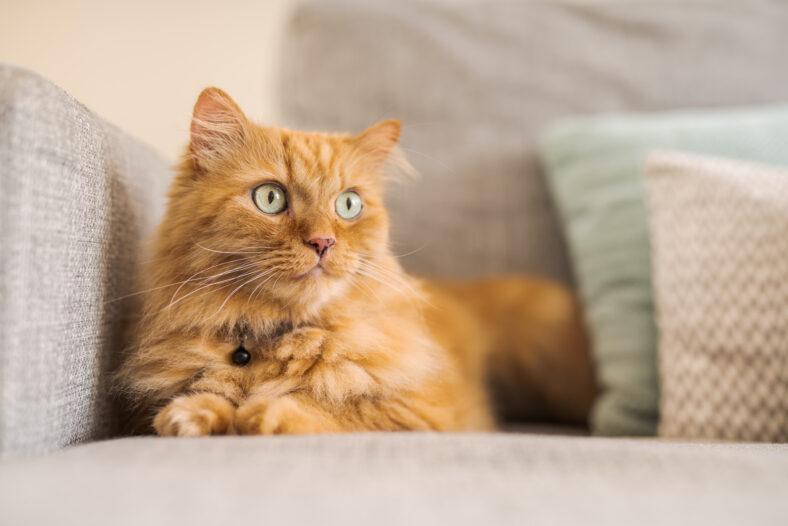
One minute, your cat is purring sweetly in your lap, and the next, they’re clawing away at your brand-new furniture. While scratching is a natural and healthy behavior for cats, that does not mean your furniture should suffer.
Cats scratch to mark their territory, sharpen their nails, and relieve muscle tension. They prefer to use vertical surfaces as scratching posts, so the arms of couches and the legs of tables are pretty common targets.
Here Are 5 Ways To Get Your Cat To Stop Scratching Your Furniture
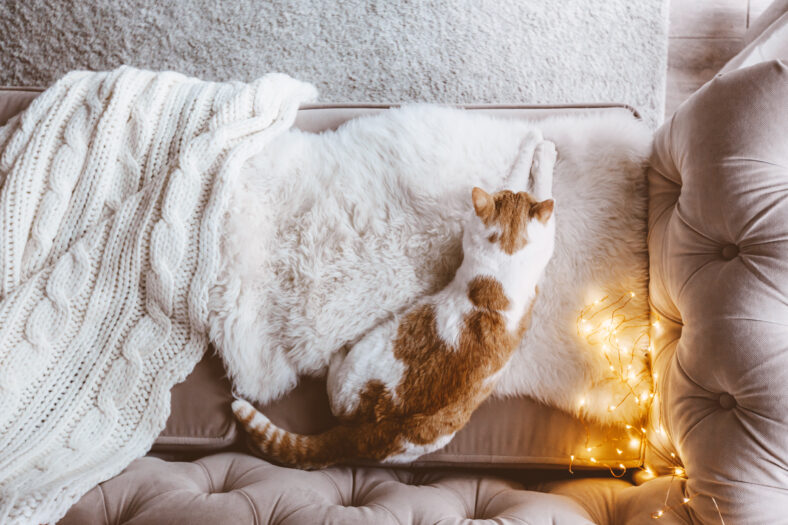
Make sure to provide proper outlets for your cat to express this behavior to protect your furniture and personal belongings from damage. Here are five ways to get your cat to stop scratching your furniture.
1. Use Furniture Covers
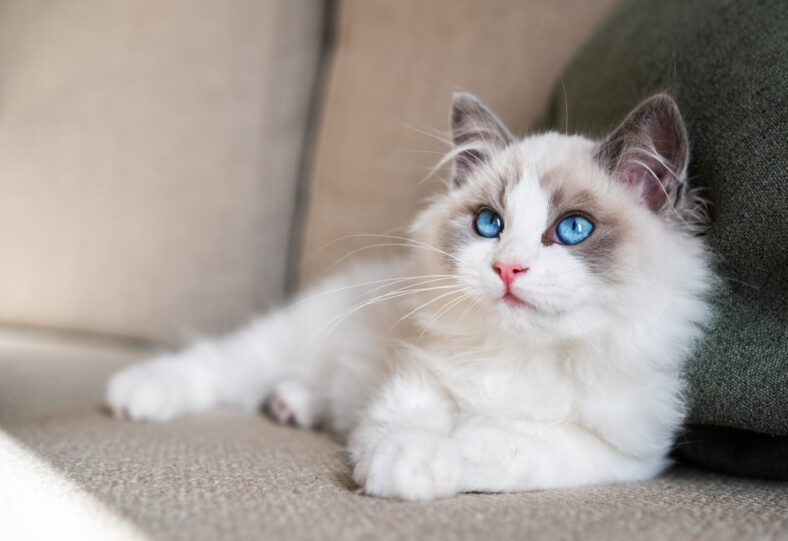
The quickest and easiest solution is to use furniture covers to protect your furniture. It can be a pain to keep your desk and chairs covered up all the time, but it would be even worse to have to replace all your furniture.
For your furniture covers, choose a material that is both easy to clean and strong enough to hold up against your cat’s sharp claws.
2. Make The Furniture Undesirable
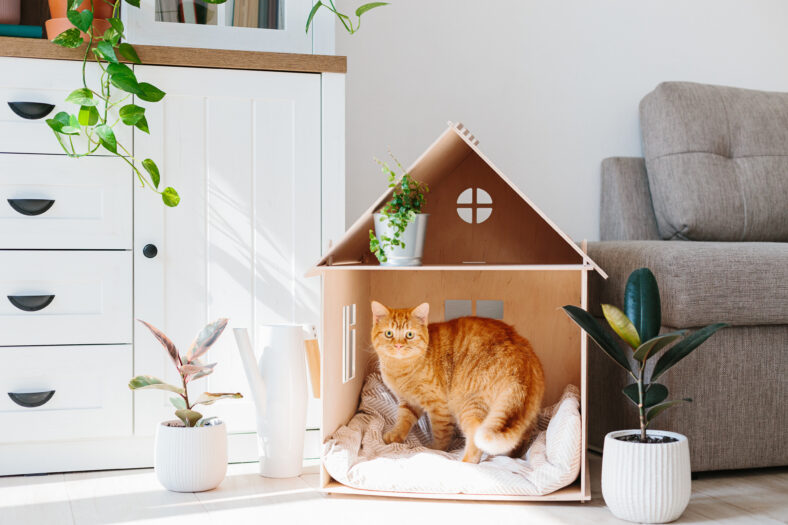
Discourage your cat from scratching furniture by making it totally undesirable. For example, you could try applying citrus-based sprays since most cats dislike the smell of citrus.
In addition, you could place double-sided sticky tape on furniture because scratching at tape is not a very pleasant feeling for cats.
3. Provide Suitable Scratching Surfaces
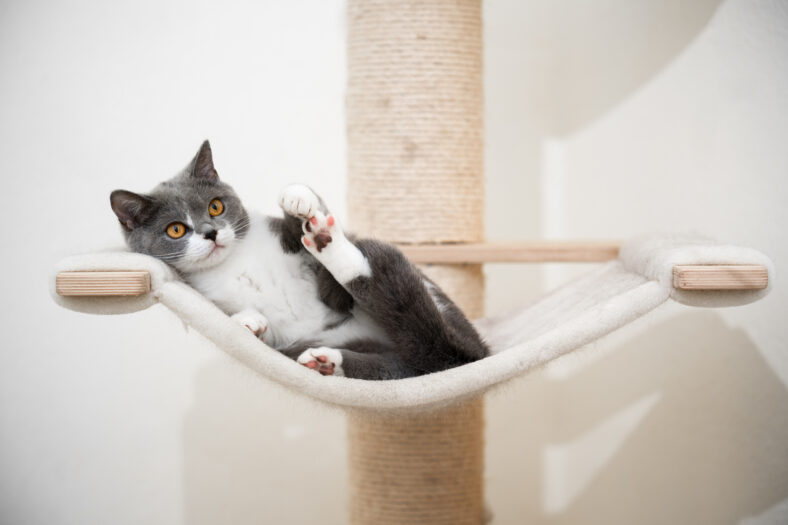
Give your cat other places to scratch. You can set up a variety of scratching posts all over the house. Provide a variety of materials, such as wood, upholstery, and cardboard, so you can figure out which scratching surface is your cat’s favorite.
With plenty of options to choose from, your cat should be able to find something that satisfies them!
4. Keep Your Cat’s Nails Trimmed

Most cats do not like getting their nails trimmed, but this is essential in order to make sure their claws don’t grow too long. Overgrown claws can cause them pain and infections.
They will also be less likely to scratch at furniture if their nail health is maintained. Use a nail clipper made especially for cats and trim every two to four weeks. You can also have a vet or groomer do it if you don’t feel comfortable with the process.
5. Avoid Boredom
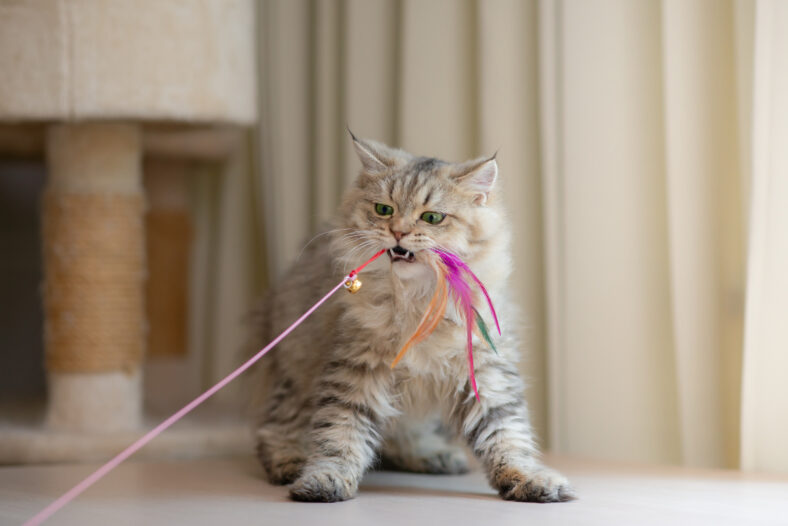
Cats are naturally independent, always going off to do their own thing. But that doesn’t mean your pet should be left alone at all times.
Cats still need enrichment to keep them entertained and stimulated. If your cat gets too bored, they might occupy themselves by scratching at your furniture. So, make sure your cat has plenty of activities to do and toys to play with.
More About:Animals





